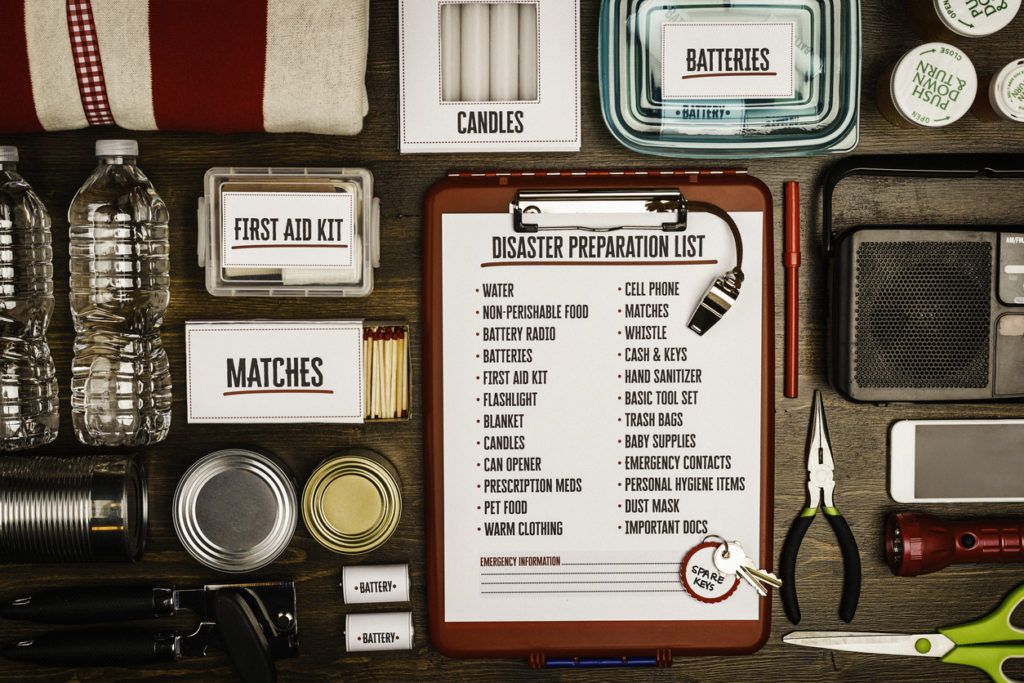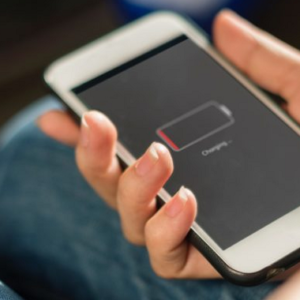Tips for Riding Out the Most Dangerous Storms in the US
Last Updated on January 16, 2019 by Karen Quach
Recent weather trends have produced storms of increased intensity and frequency, and power. Reports from the US National Oceanic and Atmospheric Administration state that natural disasters caused over $1.5 trillion in damage since the ‘80s. Hurricanes, floods, and wildfires contributed to that staggering total. Hurricanes Maria, Harvey, and Irma, plus forty other tropical cyclones, caused the lion’s share of the damage last year—over $807 billion—with California’s relentless wildfires burning through billions more.
Future climate change models predict increased warming, which fuels more robust hurricanes and tropical storms while drying out inland areas, making them prime targets for fires. In an ever-changing world of erratic weather, it’s vital to prepare for trouble before it happens.
The Basics of Natural Disaster Preparedness
Most people are aware of the risks and dangers associated with their location. Residents in coastal areas prone to flooding and wind damage, for example, tend to prepare for these predictable storms. Inland areas susceptible to random floods and fires need to have action plans in place because these disasters are less predictable.
All homes should have updated and fully stocked first aid kits, access to clean water and weather information (from reliable portable radios), and action plans during an emergency. You may also want to have an active landline if you live in a storm- or fire-prone area. Even if the power goes out and data towers and internet service shut down, landlines may still work and can provide a critical connection to the outside world—especially in rural areas.
Coastal Areas
Because coastal areas have advanced warning for most deadly weather, you shouldn’t rush preparation; instead, be diligent. Invest in storm shutters to protect windows and doors during high winds. Or keep plywood and tarps on standby in case you don’t get the shutters installed before a storm. Securely store lawn furniture, umbrellas, and any other yard items that may be blown away.
You should leave the area before the height of a storm, especially if local law enforcement requests you to evacuate. Just remember to elevate valuables off the floor and out of basements before you head out. Securing documents and other important items in safes can help ensure these possessions are still intact when you return.
If you’re willing to ride out the storm, invest in a generator to power internet routers, refrigerators, and portable heaters. As Hurricane Harvey proved to Houston in 2017, having enough food, water, and medication—for yourself, your family members, and your pets—for at least ten days is essential in case emergency personnel can’t get to you right away.
Mountain/Forest Fire Zones
Wildfires are unpredictable, but that doesn’t mean you can’t be prepared for them. Implement fire-mitigation strategies, including creating a flora-free zone within a thirty-foot radius of your home. Keep gutters and porches free of branches and pine needles, install in-house sprinkler systems, and move grills and propane tanks at least 100 feet away from your house. You should also create ready-to-go emergency bags and a five-minute plan for getting out of your home—remember to practice this drill with your family a few times a year. Form a neighborhood network to help pets should anyone be away from home during an evacuation.
Many rural, remote areas allow homeowners to sign up for reverse 911 calls to warn of mandatory or pending evacuation notices. Landlines can come in handy in this situation, as they’ll continue functioning in cases where smoke or fire may hinder cell tower coverage.
Safety Guidelines
Preparedness before natural disasters is by far the best strategy to help you avoid becoming a victim. But if you find yourself in a sudden weather catastrophe, stay calm and work with friends and family to stay informed and proactive in case conditions worsen. Keep camping stoves, fuel, fresh water, and hygiene supplies in your home for emergencies. These items will help keep your food warm, your body hydrated, and your comfort maintained.
Preparing for trouble before it happens can help ensure your family’s safety and can mean the difference between your home enduring natural disasters or taking on irreparable damage. Think ahead and be ready to respond, as mother nature can pack a serious punch.








